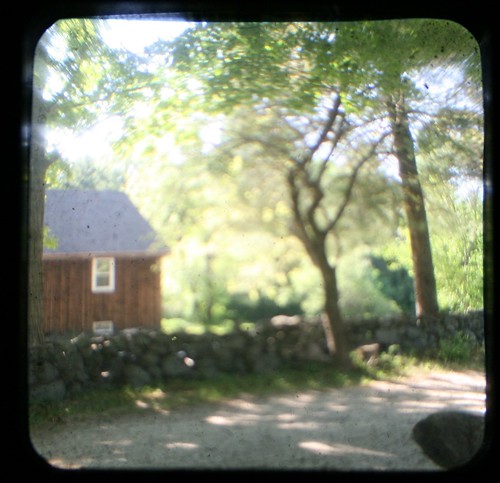
A lifelong New Englander, I have always thought the many hundreds upon hundreds of stonewalls that litter our region were originally property markers that marked the edges of owners land. It turns out that these amazing (and backbreaking!) works were originally built for an entirely different purpose.
In the early 1800s the United States government placed a tariff on all goods from England and this included wool and wool products. The need for wool for early settlers was great as it was a good that could spun, woven, or knitted at home to create warm clothing and blankets. Roughly the same time, a small flock of merino sheep were introduced to the area and their incredibly soft wool was highly prized. Not long after, a "sheep craze" took over the area and nearly every small farm had their own flock.
Keeping the thousands of sheep in separate fields across the region was no easy feat. Acres and acres of forested land were cut down for grazing fields for the sheep. In fact, the deforestation of New Hampshire and Vermont in the mid 1800s was due, in large part, to this sheep craze.
Soon farmers were building very large (four feet tall) stone walls to keep their tiny hoved flocks together. Since a flock of sheep could ravage someones crops in short time, these high walls were enforced by law and fines were high for any field found lacking.

No comments:
Post a Comment